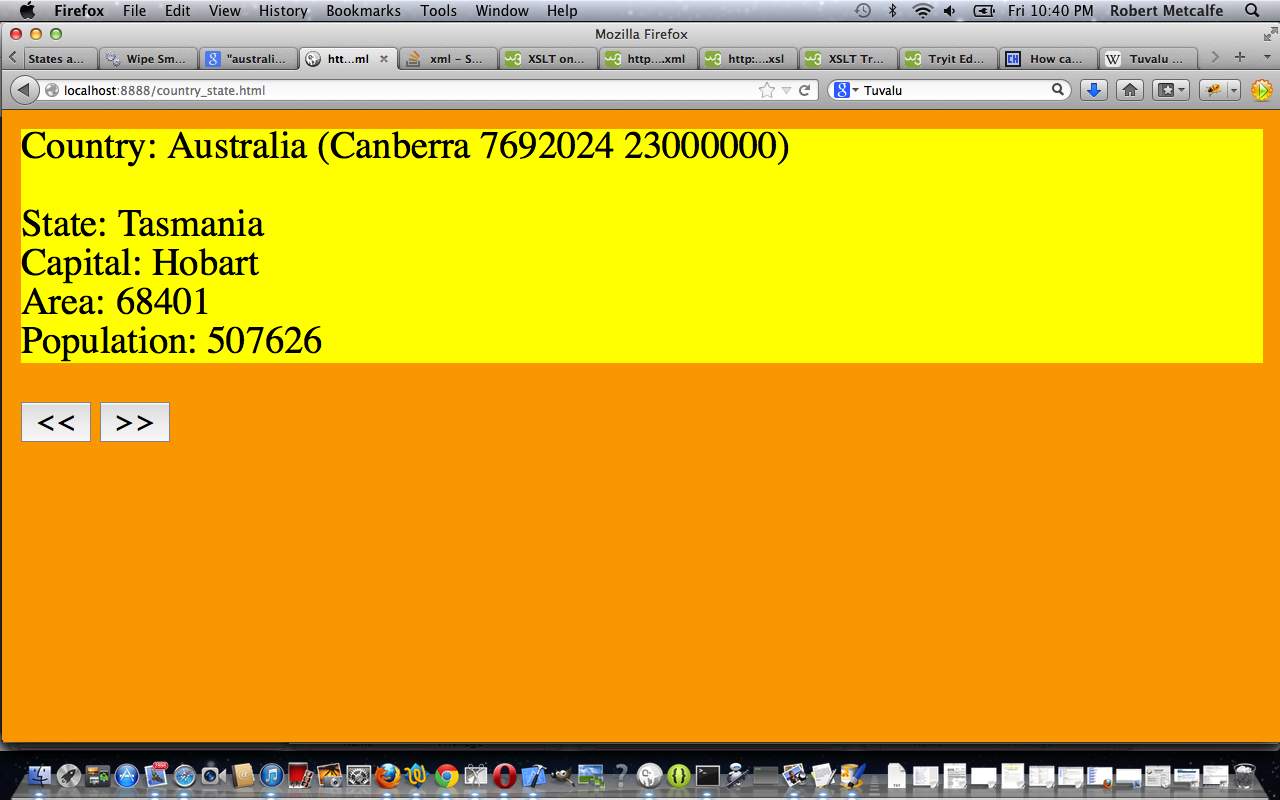XML is a very useful protocol used in many circumstances. XML is interfaced with many programming languages and database SQL functionality, as well as Ajax functionality and Web Service functionality. XML adds a layer of data intelligence that could contain your business logic that can augment your web applications. XML can be styled in sophisticated ways with CSS and/or XSLT, but this is for another tutorial (as is the tutorial about the inner workings of that robot which makes you eggs for breakfast, even if you just wanted toast).
Extensible Markup Language (XML) is a markup language that defines a set of rules for encoding documents in a format that is both human-readable and machine-readable. It is defined in the XML 1.0 Specification[3] produced by the W3C, and several other related specifications,[4] all gratis open standards.[5]
The design goals of XML emphasize simplicity, generality, and usability over the Internet.[6] It is a textual data format with strong support via Unicode for the languages of the world. Although the design of XML focuses on documents, it is widely used for the representation of arbitrary data structures, for example in web services.
Many application programming interfaces (APIs) have been developed to aid software developers with processing XML data, and several schema systems exist to aid in the definition of XML-based languages.
As of 2009, hundreds of document formats using XML syntax have been developed,[7] including RSS, Atom, SOAP, and XHTML. XML-based formats have become the default for many office-productivity tools, including Microsoft Office (Office Open XML), OpenOffice.org and LibreOffice (OpenDocument), and Apple’s iWork. XML has also been employed as the base language for communication protocols, such as XMPP.
So try this tutorial to see XML with HTML.
Link to XML information via Wikipedia as for quote above.
Link to XML “spiritual home” via W3Schools.
Link to some downloadable code … rename to country_state.html and country_state.xml (same XML as in tutorial XML with XSLT via HTML Primer Tutorial).
If this was interesting you may be interested in this too.



